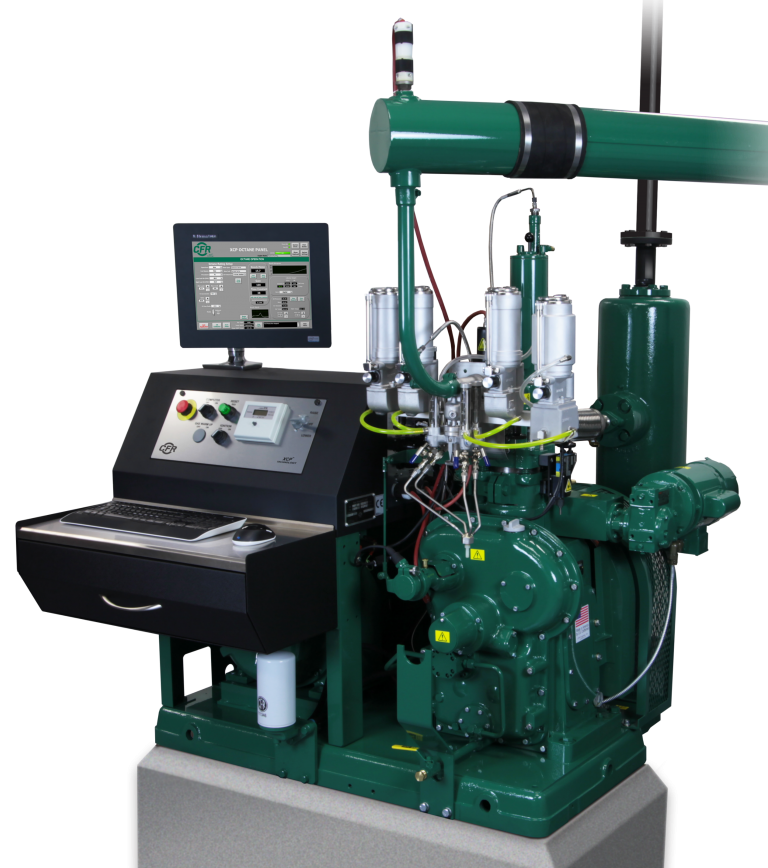Applicator rollers are essential tools in various industries, from painting and printing to textiles and construction. They help apply a smooth, even layer of material—be it paint, ink, adhesive, or other coatings—across different surfaces. Whether you’re a DIY enthusiast, a professional painter, or involved in industrial manufacturing, understanding how to choose and use applicator rollers can significantly improve your project outcomes. This blog will guide you through everything you need to know about applicator rollers, making it easy to select and use them effectively.
What Are Applicator Rollers?
Understanding the Basics
Applicator rollers, often just called rollers, are tools designed to apply a coating to a surface in a uniform layer. They consist of a rolling cylinder covered with material—like foam, fabric, or synthetic fibers—that picks up paint or another substance from a tray or container and rolls it out evenly across a surface.
The Components of a Roller
A typical roller setup includes a roller frame, a roller cover, and a handle. The frame holds the roller cover, which is attached to a handle used to guide the roller across the surface being painted or coated. Some rollers are disposable, while others allow you to replace the roller cover as needed.
Choosing the Right Applicator Roller
Consider the Material of the Roller
The material of the roller cover you choose depends on the type of material you’re applying and the surface you’re working on. For example, foam rollers are great for smooth surfaces and leave a fine finish with enamel paint or varnish. On the other hand, nap rollers, which have a textured surface, are better for rough surfaces like concrete or stucco.
Select the Right Size
Rollers come in various sizes, from small trim rollers to large ones used for walls and ceilings. A larger roller covers more area, making it ideal for big, flat surfaces, while smaller rollers are perfect for tight spaces and detail work.
Know Your Surface
The type of surface you’re working on also influences your choice of roller. Smooth surfaces require a short-nap roller, while rougher surfaces will need a roller with a longer nap to get into all the crevices and ensure even coverage.
How to Use Applicator Rollers Effectively
Preparing the Roller for Use
Before using a new roller, it’s a good idea to wash it out to remove any loose fibers or debris. For water-based paints, rinse the roller under running water. For oil-based paints, use the appropriate solvent. After washing, spin the roller to remove excess water or solvent.
Loading the Roller with Paint
To load your roller with paint, pour the paint into a rolling tray and dip the roller into the paint, rolling it back and forth to ensure it’s evenly covered. Avoid overloading the roller to prevent drips and uneven application.
Techniques for Perfect Application
When applying paint with a roller, use long, even strokes in a ‘W’ or ‘M’ pattern for the most even coverage. This technique helps to distribute the paint uniformly and avoids thick edges. Be sure to roll over the same area several times for consistent coverage.
Tips for Maintaining Your Applicator Roller
Cleaning After Use
Cleaning your roller is crucial for its longevity, especially if you plan to reuse it. For water-based paints, wash the roller in soapy water until the water runs clear. For oil-based paints, you’ll need to use a solvent like mineral spirits. After washing, shake out any excess moisture and hang the roller to dry.
Storage Tips
Store your rollers properly to keep them in good condition. Hang them up or store them in their original packaging to keep them clean and free from damage. If you use disposable roller covers, be sure to dispose of them responsibly.
Common Mistakes to Avoid
Using the Wrong Roller
One common mistake is using the wrong type of roller for the job. This can lead to poor application, excessive texture, or uneven coverage. Always match the roller type to the paint and surface.
Overloading the Roller
Another mistake is overloading the roller with paint, leading to drips and streaks. It’s better to apply several thin layers than one thick layer.
Skipping Surface Preparation
Finally, failing to properly prepare the surface can lead to poor paint adhesion and uneven finishes. Always clean and prime surfaces as needed before applying coatings.
By understanding the different types of applicator rollers, how to choose them, and the best ways to use them, you can ensure a professional finish for your projects, whether at home or in a professional setting. Remember, the right tools and techniques are key to successful application!
For more insightful articles related to this topic, feel free to visit creativeguestposts




